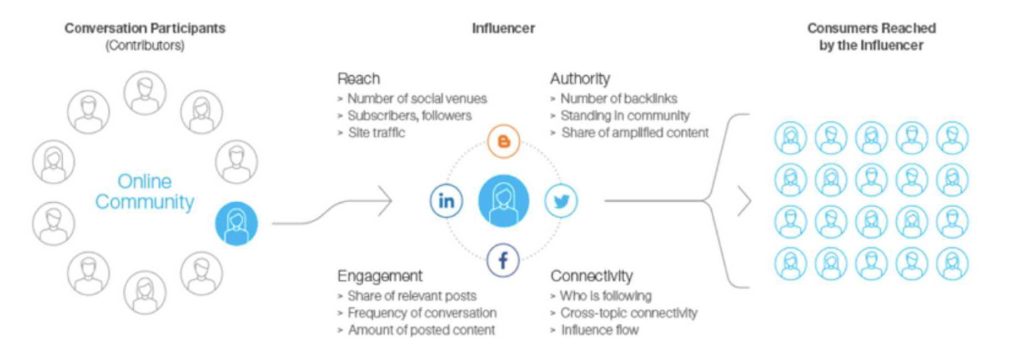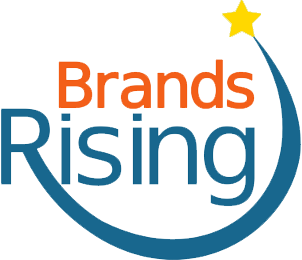Harnessing the power of visual influencers to tell a story
Join me for a discussion with Shlomi Ron, founder of Visual Storytelling Institute, about my entry into influencer marketing:
I’m really fortunate to have had such an incredible opportunity to learn through hands on experience, but also see how social media and social networking really changed digital. So yes, I consider myself an early pioneer in digital and social networking for business, hard to believe it’s been 20 years! I guess that qualifies me as a “digital native”.
My journey in digital media began in 1998 when I was involved with building ibm.com, which naturally transitioned to my entry into influencer marketing in 2007, when I was working with a core team of market research analysts in IBM’s social insights practice. We were grappling with the challenge of instrumenting and standing up a social listening competency center for the enterprise. It was through this project that we started on our quest to harness intelligence from the social web and discover individuals who were prominent and influential.
It was this early work that allowed us to develop an influencer intelligence system tapping into IBM Watson’s machine learning, natural language processing, and artificial intelligence power to establish the technology giant’s digital and social media strategy.
As a result, we created a social insights competency for IBM that has now expanded globally. The team uses a repeatable methodology to continuously apply insights from social intelligence to inform marketing planning and engagement strategies for key technical communities and forums as well as influencer relations programs.
How do I define Influencer Marketing?
Influencer marketing is a form of marketing in which focus is placed on specific key individuals (or types of individuals) rather than the target market as a whole. It identifies the individuals that have influence over potential buyers, and orients marketing activities around these influencers.”
-Susan Emerick
In my work, I’ve evaluated the characteristics of influence measured by:
- Reach, mainly focusing on the quality of reach (ability to have significant connectivity to a constituency of importance relevant to a set of topics and aligned to goals).
- Engagement and Connectivity, they’re highly engaged with their network, communities and user groups. They’re active contributors in a sustained way, meaning they’re easy to connect with and highly responsive.
- Authority and Value, they’re highly knowledgeable and dedicated to providing value based on their knowledge to advance the communities understanding.
- Convert, they’re influential in that they can measure influence, or said another way, “convert” individuals to take action.
My process for harnessing the power of visual influencers to tell a story
First and foremost, harnessing the power of influencers is based on their relevance to a topic and/or category combined with a strong relationship approach to keeping them equipped to drive influence. This best practices approach typically involves:
- Research, identification of individuals that have the ability to drive influence for a product/service.
- Planning, careful planning of training, content and distribution methods.
- Engagement, continuous community management to keep them engaged and committed.
- Measurement, measuring effectiveness based on established and agreed upon measures of success.

I’d say objectives run the gamut from promoting brand awareness, driving consideration through visual demos, and ongoing advocacy. To put this in context, let’s use a visual influencer that operates in the make up sphere as an example. This influencer, in essence, is shaping the consumption habits of teenage girls and young women around the world. No longer do you have to go to a beauty counter and wait for a consultant to apply your makeup to trial and experience the products. You can watch from the convenience of your own home and get expert tips and product recommendations for the various “looks” you want. What’s especially appealing about this is that recommendations span various brands.
Setting the right balance for influencers with enough creative freedom, while also keeping their content on brand
Influencers become an extension of your brand so it’s critical that you evaluate and choose relationships wisely. Evaluate up front if the individual would be aligned with your brand’s mission, culture, and has a high degree of competence in the product/service category to drive influence.
Common misconceptions about influence marketing to watch for
That influencers are all celebrities! This is simply not the case. In fact, we’re seeing the term “micro-influencer” begin to take hold. What’s interesting about this is that micro-influencers have always been there driving the most effective engagement, but in niche categories.
According to a study by the World Federation of Advertisers (WFA):
- 65% of the multinational brands surveyed plan to increase their influencer marketing spend over the next 12 months.
- 86% report the goal is to improve brand awareness.
- 74% of marketers plan to use influencers to reach targeted and new audiences, and 69% will use them to improve brand advocacy.
- In choosing influencers to work with, “quality of followers” was cited as the most important criteria for 96% of brands.
- “Credibility and reputation” was identified by 93%. Transparency is another key issue for marketers.
- 71% report that how the relationship with influencers is disclosed is a vital part of the selection process. Instagram was the most popular platform for influencer strategies, used by 100% of survey respondents, followed by Facebook (85%) and YouTube (67%).
Stellar visual influence campaigns
Back to the beauty category example, both Huda and Rihanna have launched campaigns to support their self-titled makeup brands. They’ve been highly engaged with self-made influencers in the beauty category who in turn share product recommendations for their brands on YouTube.
Another brand that is a standout for visual storytelling and tapping into the power of influence is GoPro. They’re on top when it comes to encouraging and sourcing user-generated content from their customer base.
You can learn more about Influence Marketing in my book The Most Powerful Brand on Earth, where I discuss how to build an Influencer Marketing Strategy in Chapter 3: Influence, Its’ Complicated.
